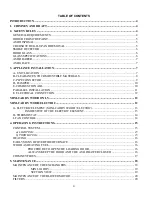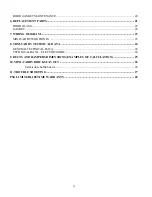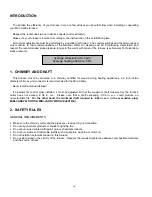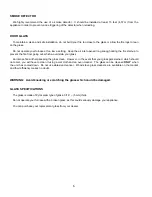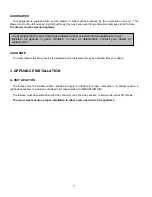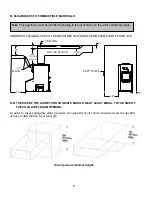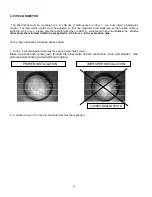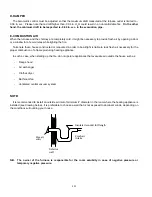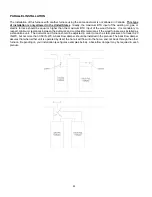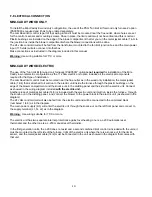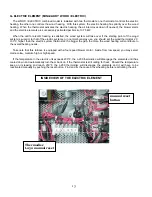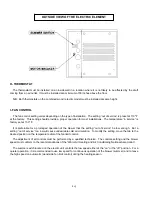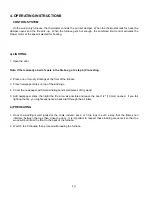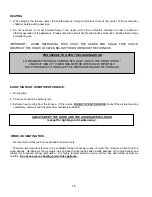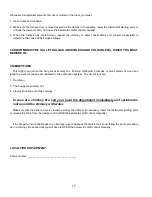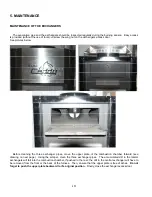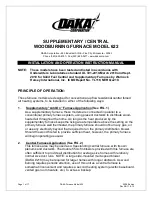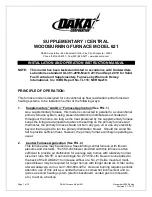
5
ODOUR FROM THE PAINT
It is normal that a smoke odour emanate from the unit when you first light it. It is recommended to burn it at high
rate and ventilate the building until the odour resorbs.
ASH DISPOSAL
Ashes must be placed in a metal container with a tight fitting lid. The container should be stored outdoors, well
away from combustible materials. If the ashes are meant to be buried in soil, you should wait until all cinders have
thoroughly cooled.
CREOSOTE BUILD-UP AND REMOVAL
When wood is burned slowly, it produces tar and other organic vapours which, when combined with moisture,
form creosote. The creosote vapours condensate in a relatively cool chimney flue. As a result, creosote residues
accumulate on the flue lining.
N.B.: To minimize the frequency of chimney cleaning, buy your firewood at least one year before using it. Store it in
a dry place in order to obtain the minimum moisture content and optimize the efficiency. Do not store wood or
combustible materials within the installation minimum clearances or the space required to reload the appliance and
remove the ashes.
When ignited, creosote produces an extremely hot fire inside the chimney.
To avoid chimney fires, it is important to do the turnover of wood. Inspect the chimney system at regular intervals
to determine a cleaning cycle. A weekly cleaning might be required during mild periods while a monthly cleaning
should be sufficient during colder periods.
If a significant layer of creosote has accumulated, it must be
removed immediately to eliminate the risk of chimney fire.
Remember that a small hot fire is preferable to a
large smouldering one to prevent creosote build-up within the system. An emergency plan is necessary in case of a
chimney fire. It’s recommended to clean up the heat exchangers at the end of season in order to prevent corrosion.
W A R N I N G
-THE ASH DRAWER AND EXCHANGERS ACCESS PANEL GET VERY HOT.
-DO NOT MANIPULATE WITH BARE HANDS.


